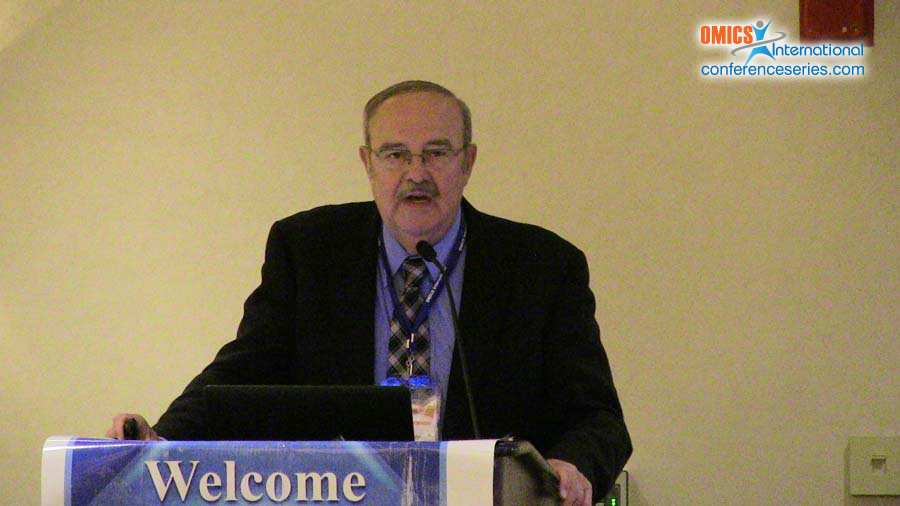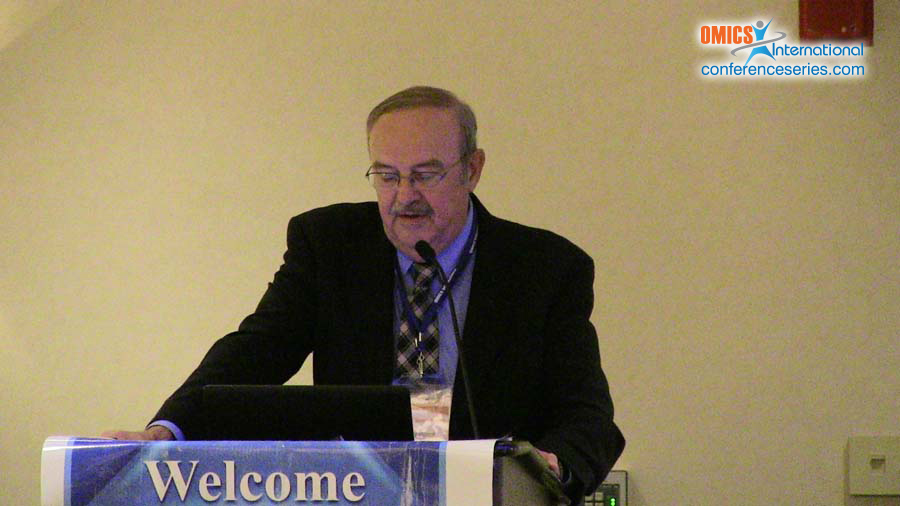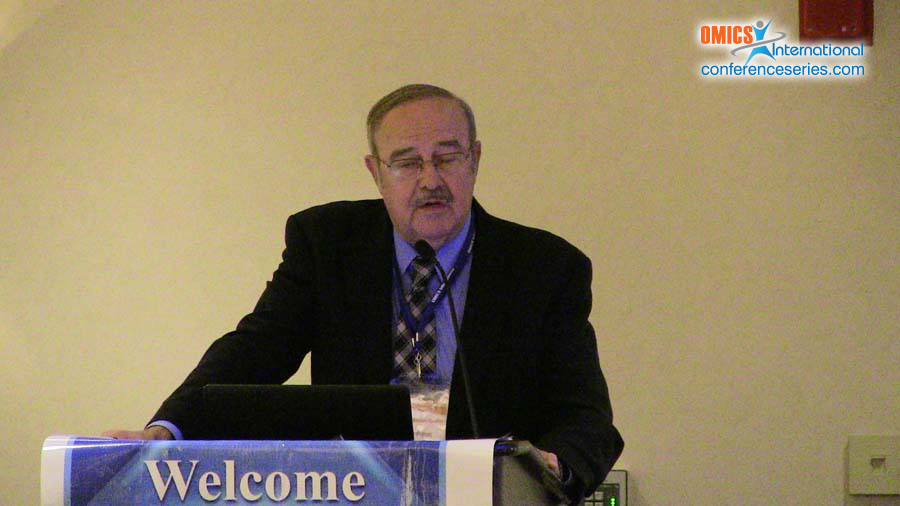
Biography
Biography: Gary Stoner
Abstract
A considerable amount of research has been conducted in the past two decades to evaluate the cancer preventative potential of berries. Most studies have utilized black raspberries, however, other berry types such as strawberries, blackberries, blueberries, red raspberries, acai and others are also capable of preventing cancer. Initially, a series of berry extracts were shown to reduce the proliferation rate of cancer cells in vitro and/or to stimulate apoptosis. The inhibitory potential of these extracts was often attributed to their content of ellagitannins or anthocyanins. Preclinical studies demonstrated that freeze-dried berry powders were effective in preventing chemical carcinogen-induced cancer in the rodent oral cavity, esophagus, and colon, and an anthocyanin-rich extract inhibited UV-induced skin cancer in mice. Mechanistic studies showed that the berries prevented the conversion of premalignant lesions in rodent tissues to malignancy by reducing cell proliferation, inflammation, and angiogenesis and by stimulating apoptosis and cell differentiation. Multiple genes associated with all of these cellular functions are protectively modulated by berries. For example, berries down-regulate the expression levels of genes in the P13K/Akt, MAPK, ERK ½, AP-1 and mTOR signaling pathways (proliferation), COX-2, iNOS, NF-κB, IL-1β and IL-12 (inflammation), VEGF and HIF-1α (angiogenesis), and upregulate caspase 3/7 and Bax (apoptosis), and both keratin- and mucus-associated genes for squamous and glandular differentiation, respectively. Bio-fractionation studies indicate that the most active inhibitory compounds in berries are the anthocyanins and ellagitannins. The fiber fraction of berries is also effective in preventing cancer in rodents and research is needed to identify the active polysaccharides in this fraction.rnHuman clinical trials indicate that freeze-dried berry formulations elicit little or no toxicity in humans when administered in the diet at concentrations as high as 60g/day for as long as nine months. The uptake of berry anthocyanins and ellagic acid into blood is rapid but minimal; i.e., less than 1% of the administered dose. Nearly 70% of the administered anthocyanins are metabolized by the enteric bacteria into protocatechuic acid (PCA) which has substantial cancer preventative activity. Black raspberry formulations have been shown to cause histologic regression of oral leukoplakic lesions in the oral cavity, dysplastic lesions in the esophagus, and polyps in the rectum of patients with familial adenomatous polyposis. These results are very promising and the mechanisms for these effects will be discussed. In addition, the advantages and challenges to the clinical application of utilizing berries for cancer prevention will be discussed and suggestions made for future trials.




